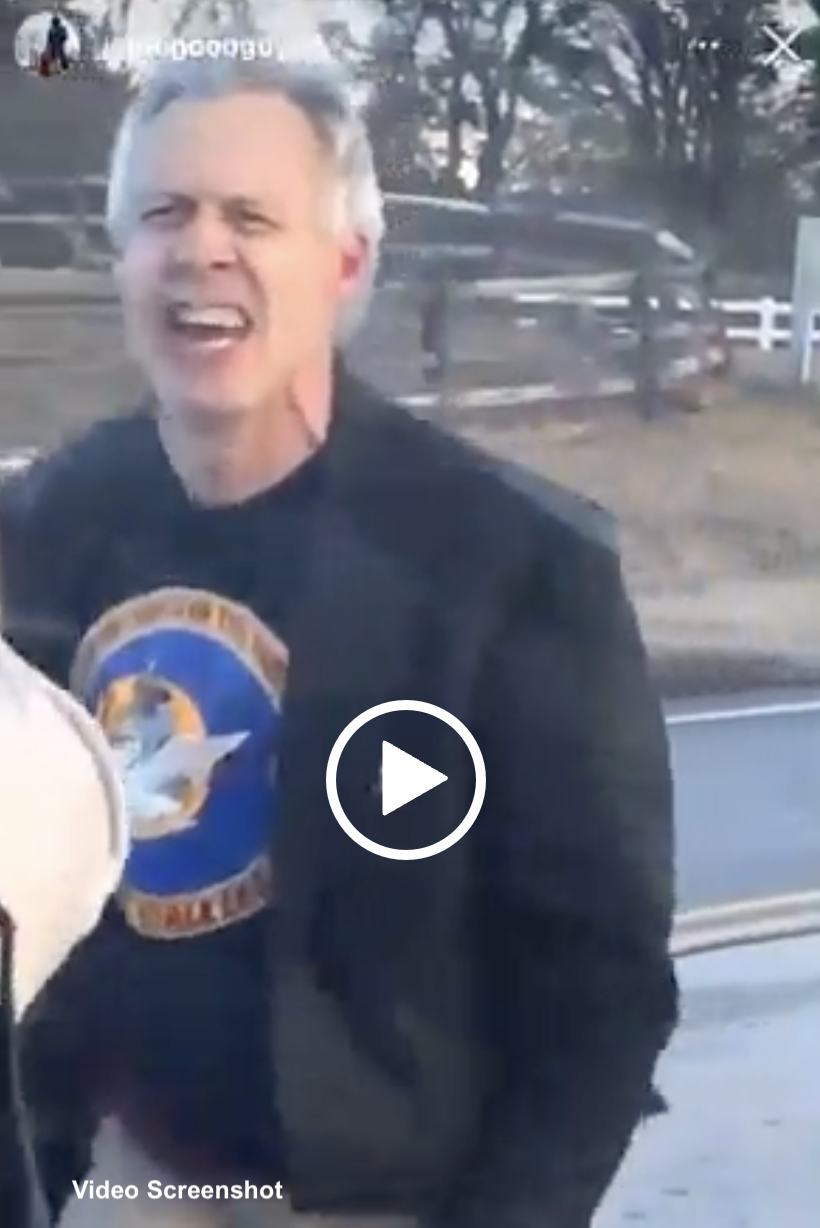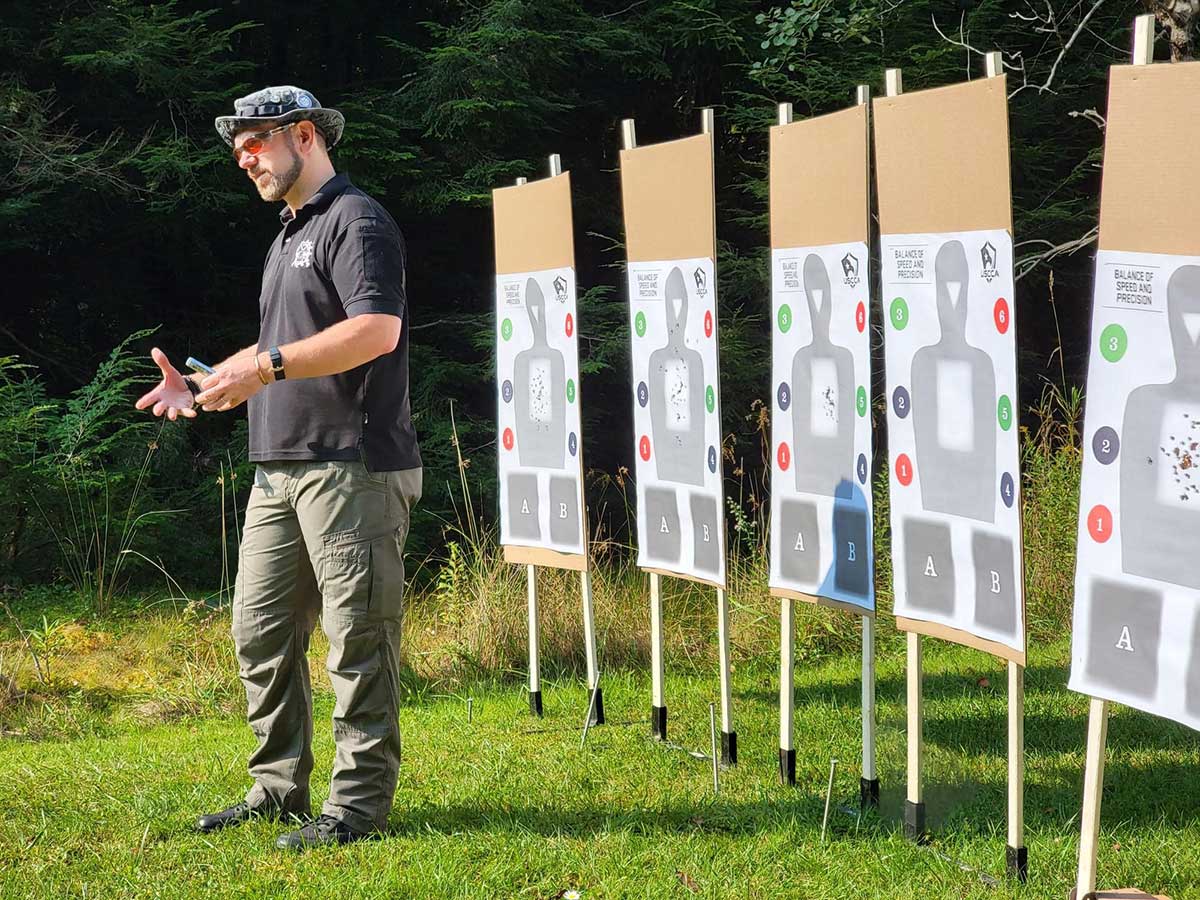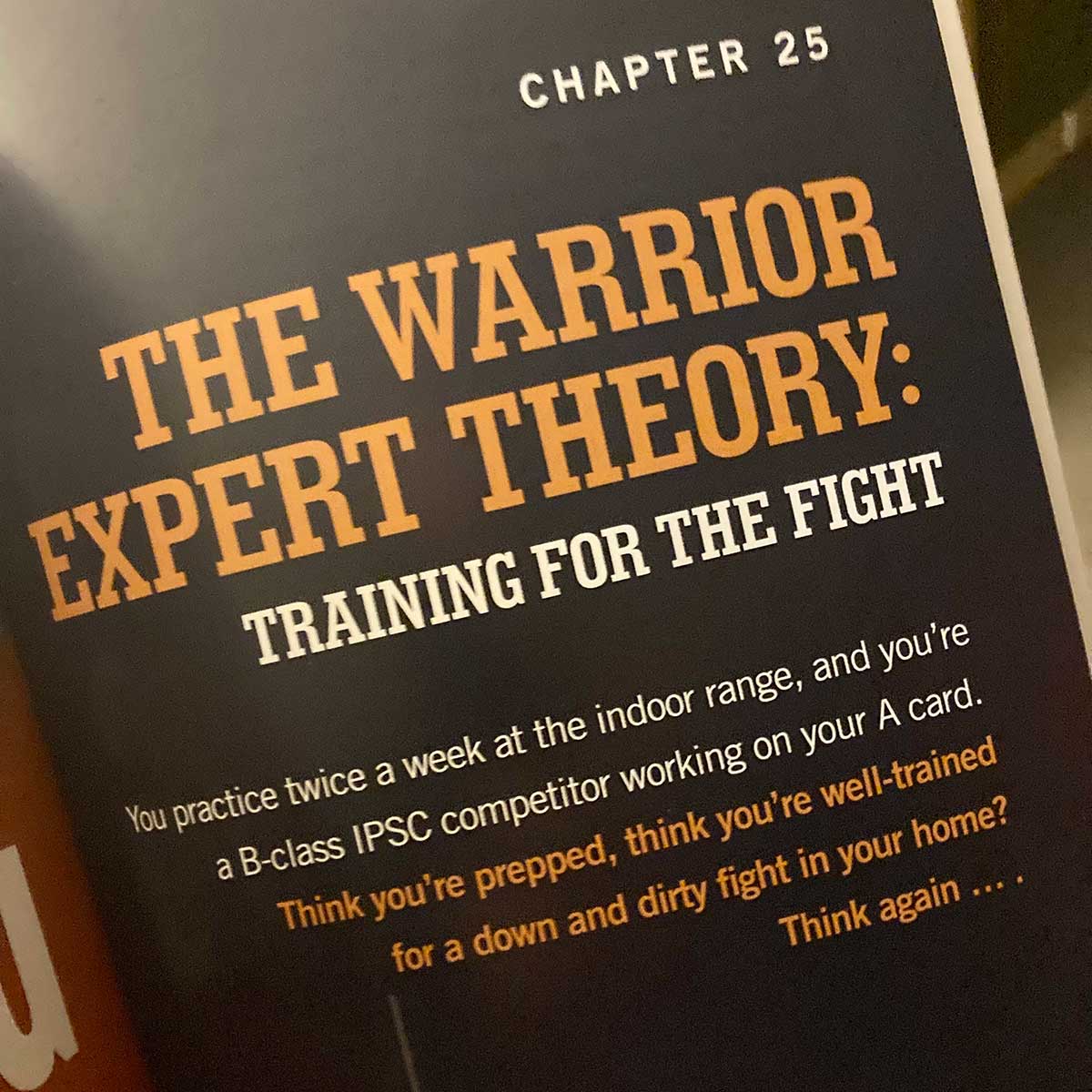
Training and practicing are designed to condition us to do predictable things; meaning, the more we do things consistently while training and practicing, the more likely we can predict the things we will do when we need to do them in “real life”… whatever they are. However, this begs the question: What are the “things” that need to be done and when? What can we confidently predict?
During an attack, can we predict exactly what our stance will be? Can we predict exactly how we will be attacked if we are attacked? Can we predict exactly how many shots it will take to stop the attack? Can we predict exactly what a prosecutor will do post incident? Can we predict exactly what a jury will think in court?
The honest answer to each question is no! We can no more predict these things than we can predict how many licks it will take to get to the center of a Tootsie Roll Tootsie Pop. The world may never know.
If we knew that we were going to be attacked at the gas station at 6pm on Tuesday night, we would not go to the gas station at 6pm on Tuesday night. We will win every fight we avoid. Therefore, with this said and accepted, we must recognize that the parameters of an attack will be less predictable.
If we cannot predict these details that are so important to our physical, legal, financial, and moral survival as family first responders, why would we train these details as absolutes? Why would we choose to develop habits that might not get the job done, or might hurt us with a jury and call our reasonableness into question? A lot of traditional training assumes that many of these details are predictable absolutes, but wisdom teaches us that dealing in absolutes is a really bad idea.
THE SEMI-PREDICTION OF A LOWERED CENTER OF GRAVITY
We cannot predict what our stance will be during a dynamic critical incident. But we can assume with a slight degree of certainty (based upon mountains of video evidence and observation of living creatures) that we will likely lower our center of gravity and square up to the threat (as much as physical geography permits). However, the specific details of stance are completely dictated by the terrain. Your stance on the carpet in your bedroom will be different if you step on a Lego block in your bare feet. Your stance will be different if you are on clean pavement versus on wet grass with a slight slope.
Making sure that we lower our center of gravity in training mimics what the body is likely to do, and this is what I recommend doing in training and practice. However, choreographing a very specific “exact” stance may condition us to only “perform” under a specific set of predictable parameters. Predictable parameters most likely cannot be counted on during a surprise defensive encounter.

“PREP TWO MAGAZINES: TWO ROUNDS IN ONE MAGAZINE, EIGHT IN THE OTHER.”
If we are left with no other choice but to use our firearm to stop an attack that we didn’t start and we could not get away from, when should we stop pressing the trigger? This is not only a practical question, but also an ethical/moral and likely a legal question to answer.
Law Enforcement is generally authorized to exceed the level of force used by the threat to keep society safe. So, LE may shoot to neutralize the threat, but civilians are generally authorized to use a level of force to end the threat without exceeding that level. We have an ethical/moral and legal obligation to stop shooting as soon as we recognize that the threat or attack has stopped. How many shots does it take to end an attack?
For years it was thought that the average number of rounds needed to stop a threat was 3.59 rounds. How in Sam Hill does one fire .59 rounds? Yes, I know…it is an average, but my point is that we have no idea how many shots it will take to stop the attacker until after the attacker has stopped.

Have you seen the video of the Maryland Sheriff and the guy with the stick? It took a great deal more than 3.59 shots to stop that threat.
Dealing in averages or absolutes also disregards the fact that in many cases, civilians who have produced a firearm and shown the will to defend themselves did not even need to fire a shot to make the attacker stop. We cannot count on this, but we cannot discount it either.
So, firing one shot, two shots, three shots, or even five shots every time we train, using prescribed round counts during strings of fire is really conditioning us to stop shooting after “round #1, 2, 3, 4, or 5”… not after stopping the attack. “Two to the chest, one to the head” is conditioning us to transition to a head shot after recognizing shot #2 to the chest has fired. It is not conditioning us to find another target zone to shoot upon recognizing that the attacker is not stopping their attack. See the difference?
USING THEATRE OF THE MIND: VISUALIZATION
"Logic will get you from A to B. Imagination will take you everywhere." -- Albert Einstein
Major James Nesmeth was a POW during the Vietnam War. He was imprisoned in an isolated cage for much of the seven years he was held captive. During his imprisonment, he visualized playing golf. He imagined his clothing, the weather conditions, and the friends he played with. He imagined the feel, sound, sight, smell, and taste of playing every hole on a round of golf. After he finally made it home, he played his first game, and it is reported that he dropped 20 shots even though he had not touched a club in seven years.
Visualization is a tool we can use to place ourselves in specific places and give our brains a snapshot of images and actions that are impossible to safely recreate on a square range. This can be tremendously valuable in our defensive training.
 Screenshot: www.merriam-webster.com
Screenshot: www.merriam-webster.com
Modern brain imaging has shown that imagining an event or circumstance triggers the same brain chemistry and functioning as actually experiencing it in real life. When you imagine things, it is not exactly the same thing to the brain as physically experiencing it … but it is close.
In a Psychology Today article, Christopher Taibbi, M.A.T. states that the “Occipital lobe -- located at the back of the head, this section occupies some 20% of the brain’s overall capacity and is responsible for vision and being able to visualize scenes never actually witnessed before. The occipital lobe, among others, is highly engaged when a child reads a story in which there are no pictures, only words to foster the imagination of the book’s events.”
Elizabeth Quinn, MS wrote an article titled “How Imagery and Visualization Can Improve Athletic Performance,” in which she says visualization, repetition, and using senses can be extremely beneficial in training and practice.

If during training we can use our senses to “feel” the gun settle, “feel” the engagement of the shoulders, recognize the attack ceasing with visualization, and use that stimulus as our reason to end a string of fire, we can gain much more value out of square-range training. Now we can use the visualization as the stimulus, not the round count. We can “see” an attack ceasing and then perhaps our brain will learn what that looks like, so in real life we might recognize the most appropriate time to stop pressing the trigger.
Gain “emotional buy-in” by imagining your very own bedroom door, your children’s toys on the floor, and family photos in the hallway. You might notice your heart rate elevating; some students have even reported slight tunnel vision. The training benefit will surely be much higher than what you would get by administratively punching holes in paper.

I like to ask my students, “What might it look like when an attacker ceases an attack?” Answers vary, but overwhelmingly there are variations of three potential outcomes: Attacker is incapacitated, attacker runs away, or attacker surrenders. I charge them with using those images to be their stimulus for ending their string of fire. During the class debrief at the end of the day, I typically expand upon this idea and share with them some resources to watch surveillance videos of gunfights to see what it looks like when people double over, or run away, or surrender. The students can include those images as they visualize an attack ceasing during future training and practice.
WARRIOR EXPERT THEORY
“Through frequent and realistic training, we can learn to use the power of recognition to respond more efficiently during a dynamic critical incident.”

If you are taking on the responsibility of being your own family first responder, you owe it to yourself and your family to train as frequently and realistically as possible. Visualization gives you the ability to train as realistically as possible in a square-range-paper-target venue. Avoid detailed choreography, firing predetermined round counts, and sequenced target engagement. Use the power of imagination to visualize the unpredictable. The sky is the limit as to how much visualization you apply, and it will not cost you a dime!
“If you can dream it, you can do it.” -- Walt Disney

Good article. Agree with one exception: "Law Enforcement is generally authorized to exceed the level of force used by the threat to keep society safe. So, LE may shoot to neutralize the threat, but civilians are generally authorized to use a level of force to end the threat without exceeding that level." This is not accurate. At all. Cops function under the same "reasonable perception of death/serious injury based on the totality of facts known at the time as civilians to stop a threat."
Klint Macro’s article offers a great perspective on firearms training. He emphasizes flexibility and visualization, pointing out that real-world encounters are unpredictable. Instead of rigid routines, adapting training to simulate various scenarios can better prepare individuals for actual threats. A thought-provoking read for anyone serious about effective training.
U have video for trainnning
I’m new an learning